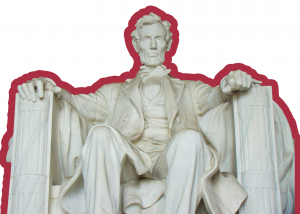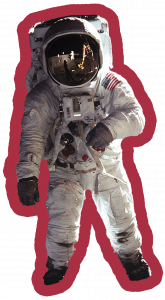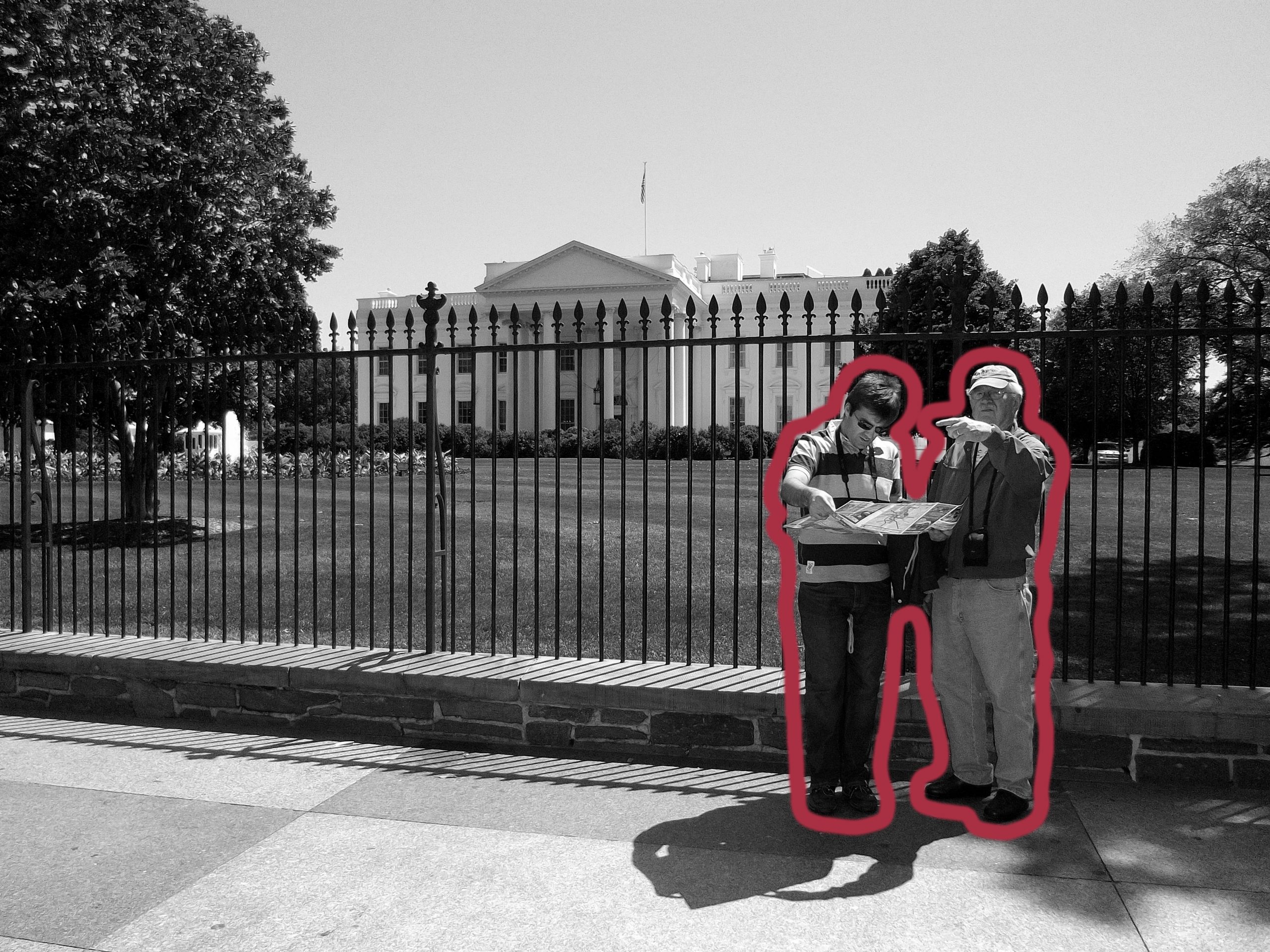Have you ever wanted to steal the Declaration of Independence? We’ve all watched Ben Gates and his friend Riley Poole use a map on the back of the Declaration of Independence to find ancient hidden treasure while racing against time and gun-toting treasure hunters. We may not be able to steal the Declaration of Independence or speak with the FBI, but we can visit where it all happened: Washington, DC.
The capital of the United States. Home of the President. Headquarters of the FBI.
Its roughly 68 square miles hold the largest library in the world, a Darth Vader gargoyle (found on the Washington National Cathedral), a museum that has about 200 bonsai trees, the second busiest subway system in America, streets lettered A–Z except for J, Dorothy’s ruby red slippers, and of course, the Declaration of Independence.
There are many reasons to visit and hundreds of things to see in this historically rich city—enough to fill an entire month. But odds are you may not have that much time, so here are some of the must-see treasures for Washington, DC.
Monuments
 Washington, DC is riddled with monuments OF influential figures in our nation’s history, but there are a few especially iconic monuments that every visitor needs to take time to visit.
Washington, DC is riddled with monuments OF influential figures in our nation’s history, but there are a few especially iconic monuments that every visitor needs to take time to visit.
Washington Monument and Lincoln Memorial: These Presidential tributes face each other across a reflecting pond. It is easy to visit both of these at once, and it is not hard to walk the length of the pond. The Washington Monument, the tallest in the world at the time of its completion, can be found in a myriad of movies and television shows, looming in the background.
Martin Luther King, Jr. Memorial: Surrounded by cherry blossom trees, Martin Luther King, Jr. stands, carved out of massive granite stone called the Stone of Hope. Engraved on the side are King’s own words, “Out of the mountain of despair, a stone of hope.”
Museums
United States Holocaust Memorial Museum: Deemed a “living” memorial to the Holocaust, this museum provides a look into the horrors of the Holocaust and genocide. The museum is a must-see but could be intense for young children or those sensitive to violence.
 Steven F. Udvar-Hazy Center: National Air and Space Museum: Different from the National Air and Space Museum in the National Mall, the Udvar-Hazy Center is a little out of the way but worth the drive. This museum is home to the Enola Gay, the plane that dropped the first atomic bomb on Hiroshima; the Space Shuttle Discovery; and various other aircraft. Udvar-Hazy gives more of a wow factor than the National Air and Space Museum in the National Mall as it showcases the bigger jets and shuttles.
Steven F. Udvar-Hazy Center: National Air and Space Museum: Different from the National Air and Space Museum in the National Mall, the Udvar-Hazy Center is a little out of the way but worth the drive. This museum is home to the Enola Gay, the plane that dropped the first atomic bomb on Hiroshima; the Space Shuttle Discovery; and various other aircraft. Udvar-Hazy gives more of a wow factor than the National Air and Space Museum in the National Mall as it showcases the bigger jets and shuttles.
Smithsonian Museums: There are 19 museums and galleries that make up the Smithsonian Institution and 17 of those are in Washington, DC. Each Smithsonian holds treasures and history that are worth seeing, but if you can’t make it to all, at least make it to these three:
National Museum of African American History and Culture: The most recently opened Smithsonian museum, this national museum opened in 2016 and became the fourth-most-visited Smithsonian museum in the first year of its opening. The museum details the history of slavery and highlights notable African Americans in US history.
 Museum of Natural History: If you want to see a T-rex, the most famous jewel in the world (the Hope Diamond), or a 12-ton African elephant, then you are in luck. Named the eleventh-most-visited museum in the world, the Museum of Natural History is not one to miss.
Museum of Natural History: If you want to see a T-rex, the most famous jewel in the world (the Hope Diamond), or a 12-ton African elephant, then you are in luck. Named the eleventh-most-visited museum in the world, the Museum of Natural History is not one to miss.
National Museum of American History: We’ve all heard the song dozens, maybe even hundreds of times. “Oh, say can you see?” And you can see it. “The Star Spangled Banner” is one among many items that represent the political, social, scientific, and cultural history of the United States.
You can’t go wrong with any of the Smithsonians, but if you have limited time, these three are fantastic to see. Each museum has phenomenal and helpful staff along with numerous guided tours as well as self-guided tour option.
Other Notables
 It’s worth it to visit Ford’s Theatre, where you can walk to the exact spot where Lincoln was sitting when he was assassinated, as well as view informative and engaging museum exhibits. Mount Vernon, George Washington’s home, located 13 miles outside of DC, allows visitors to walk through the Washington’s grand estate as they learn about his life and presidency. And lastly, the Old Post Office Clock Tower that gives a fantastic view of D.C. in all directions.
It’s worth it to visit Ford’s Theatre, where you can walk to the exact spot where Lincoln was sitting when he was assassinated, as well as view informative and engaging museum exhibits. Mount Vernon, George Washington’s home, located 13 miles outside of DC, allows visitors to walk through the Washington’s grand estate as they learn about his life and presidency. And lastly, the Old Post Office Clock Tower that gives a fantastic view of D.C. in all directions.
Washington, DC has a lot to offer. At times, it might seem like too much. My advice? Take your time. Visit each floor of the American History Museum. Walk slowly through the Library of Congress. Sit a while on the steps of the Lincoln Memorial. Admire the cherry blossoms in bloom at the Martin Luther King, Jr. Memorial. Plan what you are going to do, but give yourself time to soak in the rich history found in this city. Who knows? Your visit might lead you to a treasure of your own. Or you may just gain a greater appreciation for the events and people that made this nation what it is.
—Lauren Lethbridge

